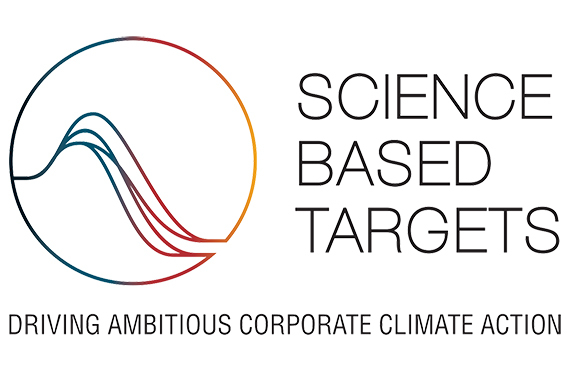More news
- Nigeria’s paint industry navigates regulatory changes and economic challenges amid p...
- Focus on the global coatings market: Global coatings market outlook
- Innovative coatings mitigate effects of deepening climate change
- Ask Joe Powder – October 2024
- Chinese paint majors look to domestic consumer sales as commercial real estate slumps

Leading coatings manufacturer, Hempel, announces that the company’s science-based targets are approved as consistent with levels required to meet the goals of the Paris Agreement.
Key messages
- Hempel’s science-based targets are approved by the Science Based Targets initiative (SBTi)
- Hempel A/S commits to reduce absolute scope 1 and 2 GHG emissions 90% by 2026 from a 2019 base year
- Hempel A/S also commits to reduce absolute scope 3 GHG emissions 50% by 2030 from a 2019 base year
- Halving Hempel’s total footprint is the equivalent of removing 0.7M cars off the roads for one year
Hempel has had its emissions reduction targets approved by the Science Based Targets initiative (SBTi).
The targets covering greenhouse gas emissions from Hempel’s operations (scopes 1 and 2) are consistent with reductions required to keep warming to 1.5°C, what the latest climate science has told us is needed to prevent the most damaging effects of climate change.
Hempel’s target for the emissions from its value chain (scope 3) meet the SBTi’s criteria for ambitious value chain goals, meaning they are in line with current best practice. The goals are:
- Hempel A/S commits to reduce absolute scope 1 and 2 GHG emissions 90% by 2026 from a 2019 base year. This target is based on Scope 1 and 2 emissions, which relates to energy use in Hempel’s own operations, e.g. powering its premises, and its company vehicle fleet worldwide.
- Hempel A/S also commits to reduce absolute scope 3 GHG emissions by 2030 from a 2019 base year. This target is based on Scope 3 emissions, relating to the impact of Hempel’s suppliers and customers, across the entire value chain.
"We are putting sustainability at the heart of Hempel. Like all companies, we have a responsibility to reduce the emissions our operations create and the amount of resources we use,” says Katarina Lindstroem, Executive Vice President of Research and Technology and Chief Operating Officer. "Reaching our science-based targets requires that sustainability is integrated into everything we do. We are investing in training the entire company to engage all our employees on this ambitious journey.”
Katarina expands on how Hempel will achieve these targets: "For our Scope 1 and 2 target, we will continue our focus on energy efficiency, buying renewable power and greening our transport fleet.”
"Scope 3 emissions make up more than 95% of our footprint. To tackle these, we will strengthen our commitment to using suppliers that are also taking steps to reduce their carbon footprint, drive circularity to reduce the footprint of our packaging items and review our own formulation principles for existing and new products to identify how we can move away from more carbon heavy raw materials,” continues Katarina.
Many of Hempel’s products and services across its customer segments, Marine, Energy, Infrastructure and Decorative, are significantly helping to reduce its customers’ carbon footprint. Whilst these savings are not counted as part of Hempel’s own CO2 reductions, Hempel will continue to develop products and solutions that support its customers reaching their own CO2 reduction targets with quantifiable benefits.
The Science Based Targets initiative (SBTi) is a collaboration between CDP, the United Nations Global Compact, World Resources Institute (WRI) and the World Wide Fund for Nature (WWF). The SBTi defines and promotes best practice in science-based target setting and independently assesses companies’ targets.



